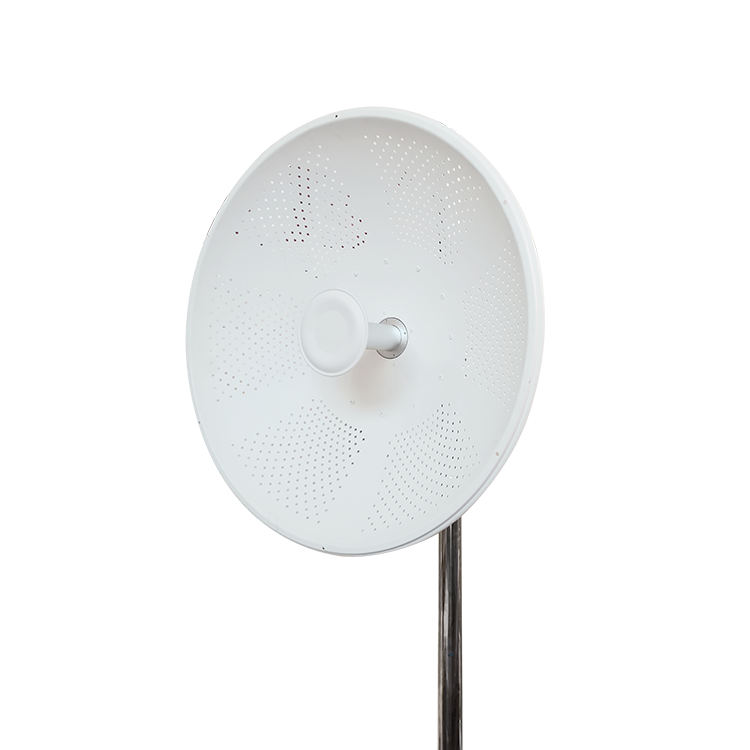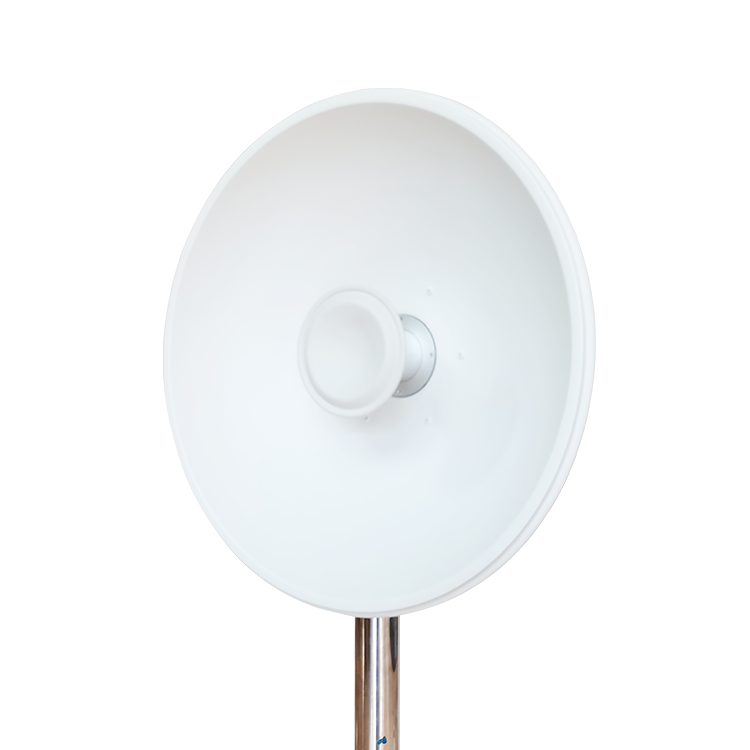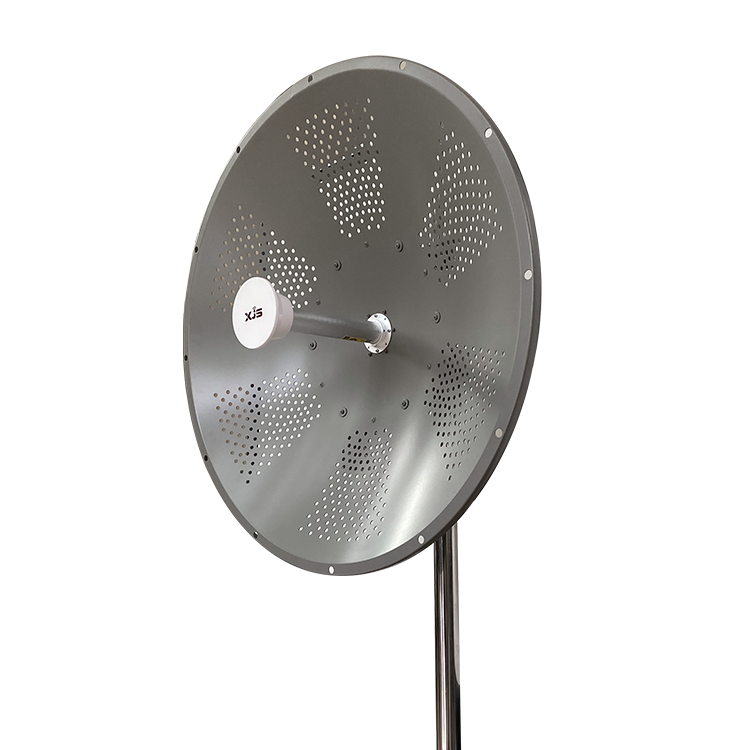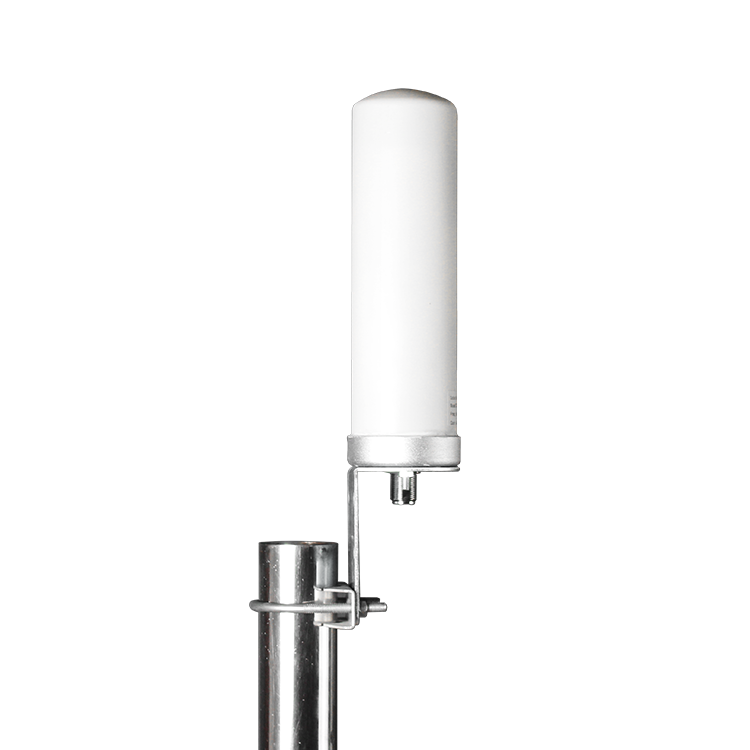In the ever-evolving landscape of telecommunications, indoor ceiling antennas have emerged as integral components in enhancing signal reception within enclosed spaces. These sophisticated devices serve a pivotal role in capturing radio frequency signals and facilitating seamless connectivity within indoor environments. Harnessing advanced technology, indoor ceiling antennas have revolutionized the way we perceive and interact with wireless communication networks.
Definition and Purpose
Indoor ceiling antennas, as the name suggests, are antenna systems strategically installed within the ceiling of buildings to amplify and distribute wireless signals. Their primary purpose is to augment signal strength and improve network coverage within enclosed areas, such as offices, residential spaces, or commercial establishments. By harnessing radio frequency waves, these antennas facilitate efficient data transmission, supporting various applications ranging from Wi-Fi connectivity to cellular communication.
Advantages Over Traditional Antennas
Compared to traditional external antennas, indoor ceiling antennas offer a multitude of advantages.
- Firstly, they are aesthetically pleasing, seamlessly integrating into the architectural design of indoor spaces without compromising visual appeal.
- Additionally, their placement within the ceiling ensures optimal signal propagation throughout the area, minimizing signal degradation caused by obstacles or interference.
- Moreover, indoor ceiling antennas mitigate the risk of vandalism or weather-related damage, as they are shielded from external elements, ensuring prolonged operational reliability.
Why Choose Omnidirectional Ceiling Antennas?
Coverage: Omnidirectional ceiling antennas offer 360-degree coverage in the horizontal plane, meaning they transmit and receive signals in all directions. This ensures comprehensive coverage within the designated area, making them suitable for environments where signals need to reach all corners evenly.
Compact Design: Indoor Omni ceiling antennas are designed to be compact and ultra-thin, saving space and reducing transportation costs - particularly ideal for indoor installations with limited space. In addition, they are usually less obtrusive and blend better with the indoor environment, discreetly integrating into the ceiling architecture and minimizing visual clutter.
Ease of Installation: Ceiling-mounted antennas are often easier to install and maintain than other antenna types. Once mounted, they don't require frequent adjustments or reorientation. Some innovative mounting accessories/installation instructions like spring clamps make installation simpler, reducing the time and effort required for setup.
Scalability: Strategically adding omnidirectional ceiling antennas is relatively straightforward to ensure consistent coverage across the entire space in environments where the layout may change or additional coverage is needed. So, they are versatile for many different applications, such as offices, warehouses, retail stores, public venues, etc.
Adaptable Solution: This omnidirectional ceiling antenna provides a wide frequency range of 698-4200 MHz, making it suitable for various wireless communication applications such as 5G, LTE, CDMA, and IoT/M2M applications, including LoRA, LTE-M, and NB-IOT. This versatility ensures compatibility with different technologies and future-proofing against evolving communication standards.
High Performance: With a gain of 5 dBi and a low VSWR (Voltage Standing Wave Ratio) of ≤1.5, this Omni ceiling antenna has good performance and efficiency, improving signal quality and reliability. They are less susceptible to interference caused by reflections and multipath signals, which are common in indoor environments with walls, furniture, and other obstacles.
Cost-Effectiveness: Omnidirectional ceiling antennas can often provide adequate coverage for indoor environments at a lower cost than directional antennas or other specialized antenna types. Also, they offer a variety of customization options for cable lengths, cable types, and connector types, ensuring compatibility with diverse setups and allowing for tailored solutions to specific requirements.
Factors to Consider When Choosing an Indoor Ceiling Antenna
Selecting the appropriate indoor ceiling antenna entails careful consideration of various factors to ensure optimal performance and compatibility with existing infrastructure.
Signal Strength and Range
Assessing the signal strength and range requirements is paramount in determining the efficacy of an indoor ceiling antenna. Conducting a comprehensive site survey helps identify potential signal dead zones or areas with weak coverage, enabling informed decision-making regarding antenna placement and configuration. By selecting antennas with appropriate gain and coverage patterns, users can effectively address signal attenuation and optimize network performance within the designated area.
Installation Requirements
Understanding the installation requirements of indoor ceiling antennas is essential for seamless integration and reliable operation. Factors such as ceiling height, structural constraints, and access to power sources influence antenna placement and deployment strategies. Collaborating with experienced professionals ensures adherence to industry best practices and regulatory standards, minimizing installation complexities and mitigating potential challenges associated with antenna deployment.
Aesthetics and Design
Considering the aesthetic implications of indoor ceiling antennas is crucial, particularly in environments where visual harmony is paramount. Opting for antennas with discreet form factors and customizable enclosures facilitates seamless integration with existing architectural elements, preserving the visual integrity of indoor spaces. Additionally, coordinating antenna design with interior décor enhances overall aesthetics, creating cohesive and visually appealing environments without compromising signal performance or functionality.
Conclusion
Indoor ceiling antennas represent a sophisticated solution for enhancing wireless connectivity within enclosed spaces, offering unparalleled performance and reliability. Organizations and individuals can optimize network performance and elevate the wireless experience in diverse indoor environments.
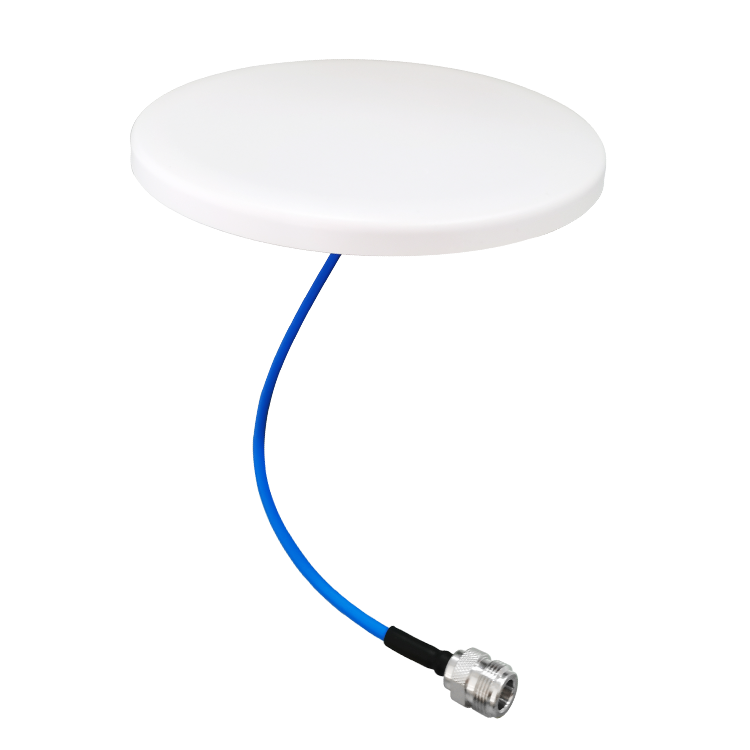
.jpg)

